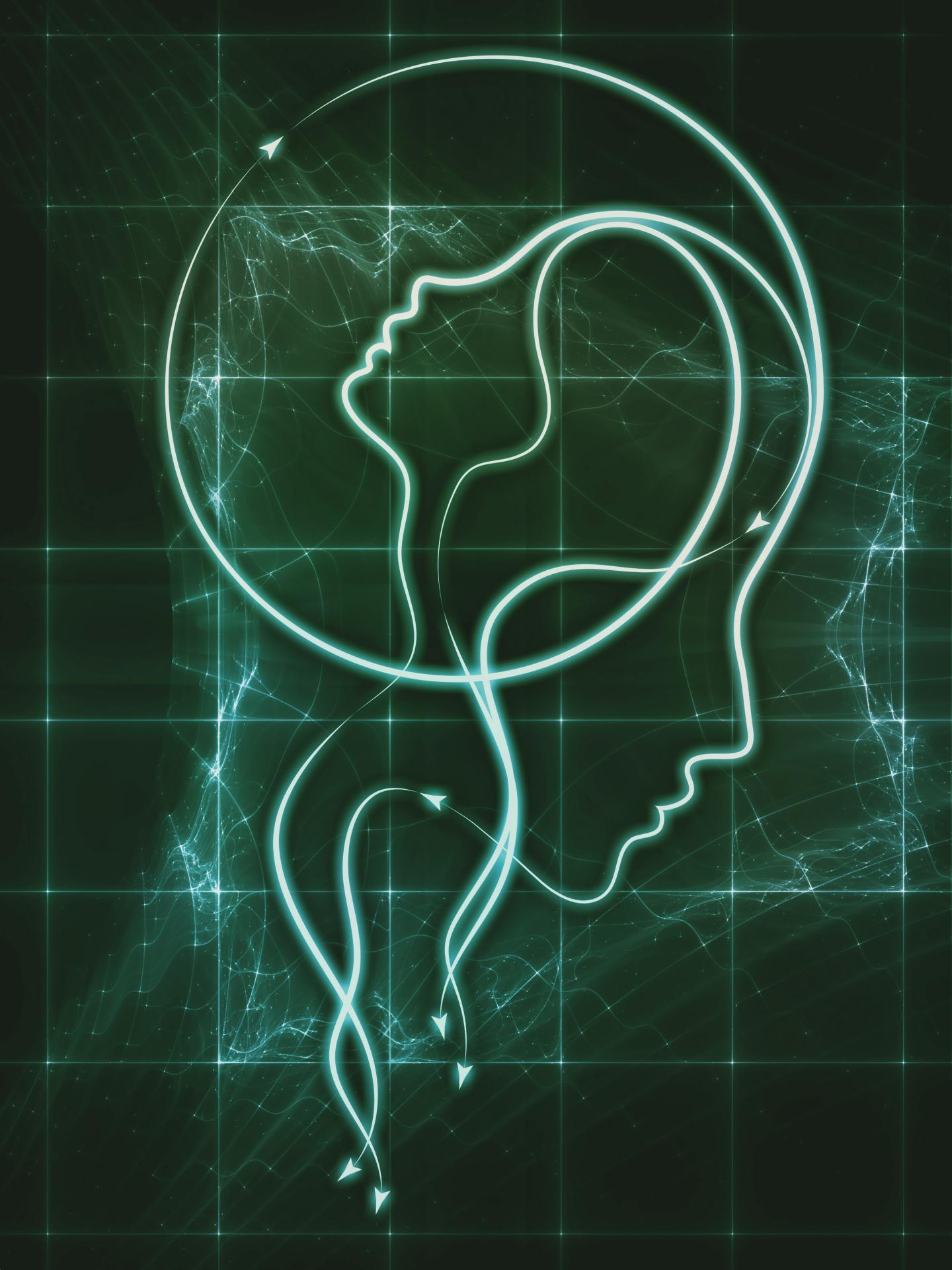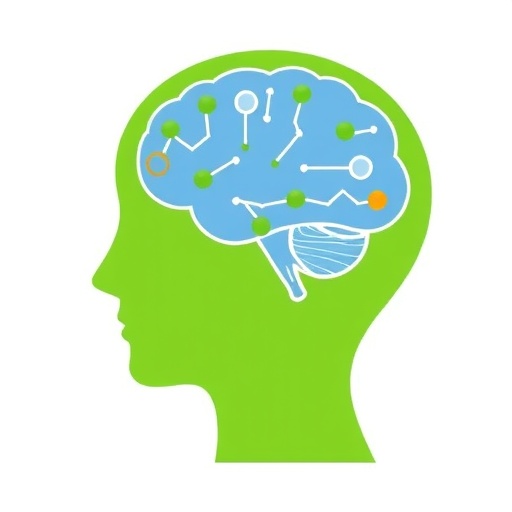NIH-supported workshop reveals gaps in knowledge about sex differences and head injury

Credit: NIH/NINDS
Analysis from a workshop convened by the National Institute of Neurological Disorders and Stroke (NINDS) in 2017 reveals gaps in and opportunities for research to improve understanding of the effects of traumatic brain injury (TBI) in women. A new paper in the Journal of Head Trauma Rehabilitation summarizes and updates the findings presented during the “Understanding Traumatic Brain Injury in Women” workshop and provides strategies for advancing research efforts in this area. NINDS is part of the National Institutes of Health.
“We are making advances in understanding the effects of head injury on the brain, but many of these studies have been done in males,” said Patrick Bellgowan, Ph.D., program director at NINDS. “There is evidence that traumatic brain injury affects women differently, but we need focused research efforts to get a full understanding of those differences to help improve prevention and treatment strategies.”
There are sex-based differences in TBI across the lifespan. For example, in children ages 0-4, boys are two times more likely to have a TBI than girls, but during the adolescent years, female athletes are likelier to experience concussions than male athletes. Among older populations, women who are 65 and older are most likely to experience mild TBI, and the majority of those result from falls.
Studies suggest that women may have different outcomes, depending on when during their menstrual cycle they were injured. For example, there is evidence that head injuries occurring during the luteal phase of the menstrual cycle, when levels of progesterone are high, may be associated with worse outcomes and decreased quality of life. Additional research on reproductive hormones, such as progesterone or estrogen, may provide important clues to recovery from head injury.
The report, written by Eva Valera, Ph.D., professor of psychiatry at the Harvard Medical School Boston, and her colleagues, highlights several opportunities for research looking at the biological effects of TBI, including imaging studies and examination of brain tissue for evidence of neuroinflammation and damage to neurons. Many preclinical studies have relied on male animals but including female animals will help inform researchers about sex differences in immediate response and recovery to TBI.
Not much is known about military-related TBI in female servicemembers, although studies have reported sex-based differences in symptoms as well as functional connectivity, which is the activity between brain regions. Increasing the number of female veterans in longitudinal research studies would increase knowledge about acute and long-term recovery of TBI in women.
“Discussions at the workshop identified a large gap in research efforts aimed at understanding the effects of violence-related TBI in women, in particular intimate partner violence,” said Diana Cummings, Ph.D., NINDS scientific review officer.
Studies looking at the prevalence of brain injuries resulting from intimate partner violence are needed to understand how often they occur and could lead to identifying prevention strategies. More information about outcomes may result in improved treatment options.
###
The 2017 workshop was hosted by NIH, in partnership with the Center for Neuroscience and Regenerative Medicine and the Defense and Veterans Brain Injury Center. Participants included researchers, clinicians, and patient advocates.
Reference:
Valera EM et al. Understanding Traumatic Brain Injury in Females: A State-of-the-Art Summary and Future Directions. Journal of Head Trauma Rehabilitation, January 2021
For more information, please visit:
ninds.nih.gov
The NINDS is the nation’s leading funder of research on the brain and nervous system. The mission of NINDS is to seek fundamental knowledge about the brain and nervous system and to use that knowledge to reduce the burden of neurological disease.
About the National Institutes of Health (NIH): NIH, the nation’s medical research agency, includes 27 Institutes and Centers and is a component of the U.S. Department of Health and Human Services. NIH is the primary federal agency conducting and supporting basic, clinical, and translational medical research, and is investigating the causes, treatments, and cures for both common and rare diseases. For more information about NIH and its programs, visit http://www.
Media Contact
Barbara McMakin
[email protected]





